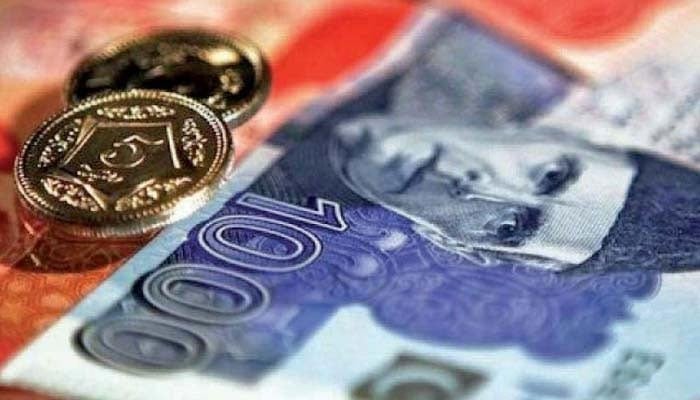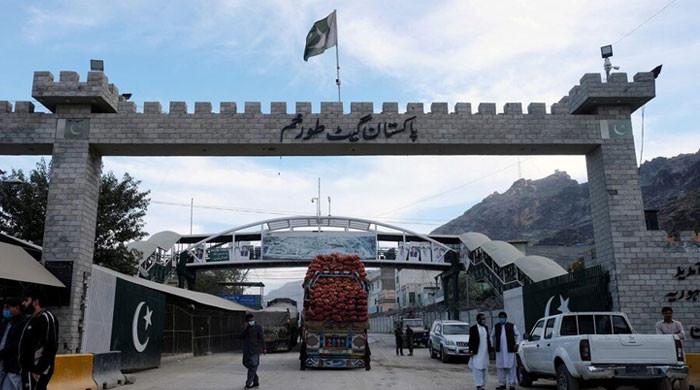Rupee rout to continue unless investors' confidence restored
Traders expect rupee's first and second level of resistance of 280/$ and 285/$ will be ceded in coming week
February 05, 2023

- Rupee fell to 276.58 against dollar this week.
- Traders assume govt was still looking for avenues other than IMF.
- Agree IMF's moves necessary to bring some sanity back to chaotic economic landscape.
KARACHI: Amid the dwindling forex reserves and International Monetary Fund’s (IMF) strict conditions for the programme, the Pakistan rupee is expected to slide down further against the dollar unless investors’ confidence gets restored, The News reported Sunday citing analysts.
During the outgoing week, the local currency saw a sharp decline and lost about 2.57% against the greenback from 269.63 to a record low of 276.58.
As the cash-strapped economy spirals deeper into a financial crisis, Pakistan is in discussions with the IMF mission to restart a $6.5 billion loan programme that has been halted for months. The steps Pakistan must take to finish the 9th review of its Extended Fund Facility are being discussed by both sides.
Currently, the State Bank of Pakistan (SBP) has $3.09 billion in foreign reserves, which is enough to pay for imports for less than three weeks.
Traders assumed that the leadership was still looking for avenues other than IMF or that they would waste more time negotiating with them.
However, Tresmark’s assessment was that Prime Minister Shehbaz Sharif might have been only trying to prepare other stakeholders and vote base for harsh steps and measures. But another more important factor in the rupee's downfall was the steep decline in reserves, which now stood at $8.7 billion (down $712 million), it noted.
“Until and unless traders don’t feel confident of things to get better, especially the reserves situation, the rupee will continue to fall, irrespective of its level,” it said.
“Traders we spoke to think the 1st and 2nd level of resistance of 280/$ and 285/$ will be ceded in the coming week unless the IMF comes on board. They also feel that 270-275/$ is the fair level post-IMF agreement, and any outruns will be temporary and will get corrected once there is some visibility of inflows,” it added.
Even while the IMF's requirements may appear onerous, traders generally agree that these were necessary moves to bring some sanity back to a chaotic economic landscape caused by political manoeuvring.
There is therefore no chance of emerging from the quicksand without someone dictating corrective steps, which is actually excellent for people. However, the price in terms of shortages, inflation, and uncertainty will be horrifying, according to Tresmark.
The IMF negotiations are going on, and it appears that there are disagreements on every issue on the agenda.
In contrast to the Rs300 billion that the government has suggested, the IMF wants more taxes.
The circular debt management plan has also been rejected by the IMF, which wants higher gas and electricity prices than those suggested by the government.











